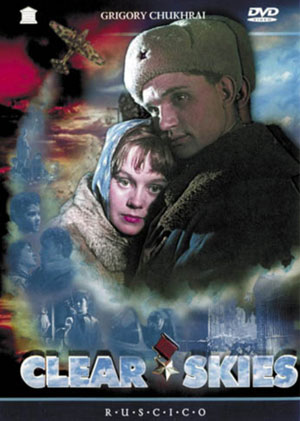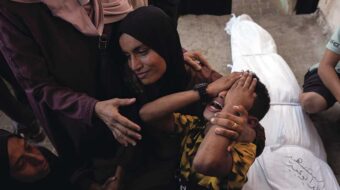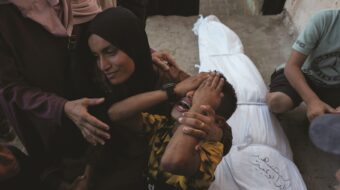
On May 9, the world will celebrate the 74th anniversary of the defeat of Nazi Germany in 1945. As the generation who fought that war begins to dwindle in numbers, we are losing crucial first-hand testimony of the heroic struggles and sacrifices that were made to defeat fascism.
We still have the opportunity to gain insights into the war and the people who fought it by examining the films both from, and about, that era.
One of the best is The Dawns Are Quiet Here (1972), which was the Soviet Union’s entry for Best Foreign Language Film at the 1973 Academy Awards. The story focuses on the crew of an anti-aircraft artillery battery, who happen to be young women. When a large German patrol locates their remote outpost on the northwestern frontier, their courage is put to the test in a desperate battle.
During the war, brave combat cameramen shot miles of footage right where the action was happening. When it comes to documentaries of the Second World War, none can hold a candle to The Unknown War, a 1978 Soviet production featuring Burt Lancaster as the host and narrator. The series covers everything from the harrowing behind the lines exploits of the partisan groups to the Soviet invasion that broke the back of the Imperialist Japanese army and freed hundreds of Allied POWs.
One cannot speak of World War II without illuminating the enormity of the atrocities committed by the Nazi state and their collaborators from those capitalist nations that quickly capitulated in the face of the Blitzkreig. This genocide against political opponents, the Jewish people, the Roma people, and other so-called “enemies of the Reich” collectively became known as the “Holocaust.”
One of the most poetic and memorable of the films dealing with this subject is Fateless (2005), a film based on the reminiscences of Imre Kersatz.
Of course not all Germans cooperated with the Nazi war effort, some actively resisted. One of the best stories in this regard is told in the German language film, I Was Nineteen (1968), drawn from the experiences of Konrad Wolf, whose Communist family fled to the USSR when Hitler gained power. The film dramatizes his return to his homeland, uniformed as a Soviet lieutenant.
The difficulty of the combat veteran who returns to peacetime society was also explored, both in Soviet films, such as Clear Skies (1961), and in the American film, The Best Years of our Lives (1946). The latter won seven Academy Awards and explored such topics as alcoholism, alienation, unemployment, and adjusting to life with disabling injuries. The best scene in the film comes near the end when a veteran happens upon a right-wing loudmouth at a lunch counter. The pontificating anti-Communist says that during the war, “we were fighting the wrong people,” prompting the veteran to tear the American flag pin from the lapel of the creep and knock him flat on his back.
So while there may not be a veteran on your block with whom to have a personal conversation about the war against fascism, viewing films such as these make an appropriate addition to Victory Day observances and add insight to the heroic struggle to build a peaceful world where working people need not live in fear.
Photo: via movieworld.ws












Comments